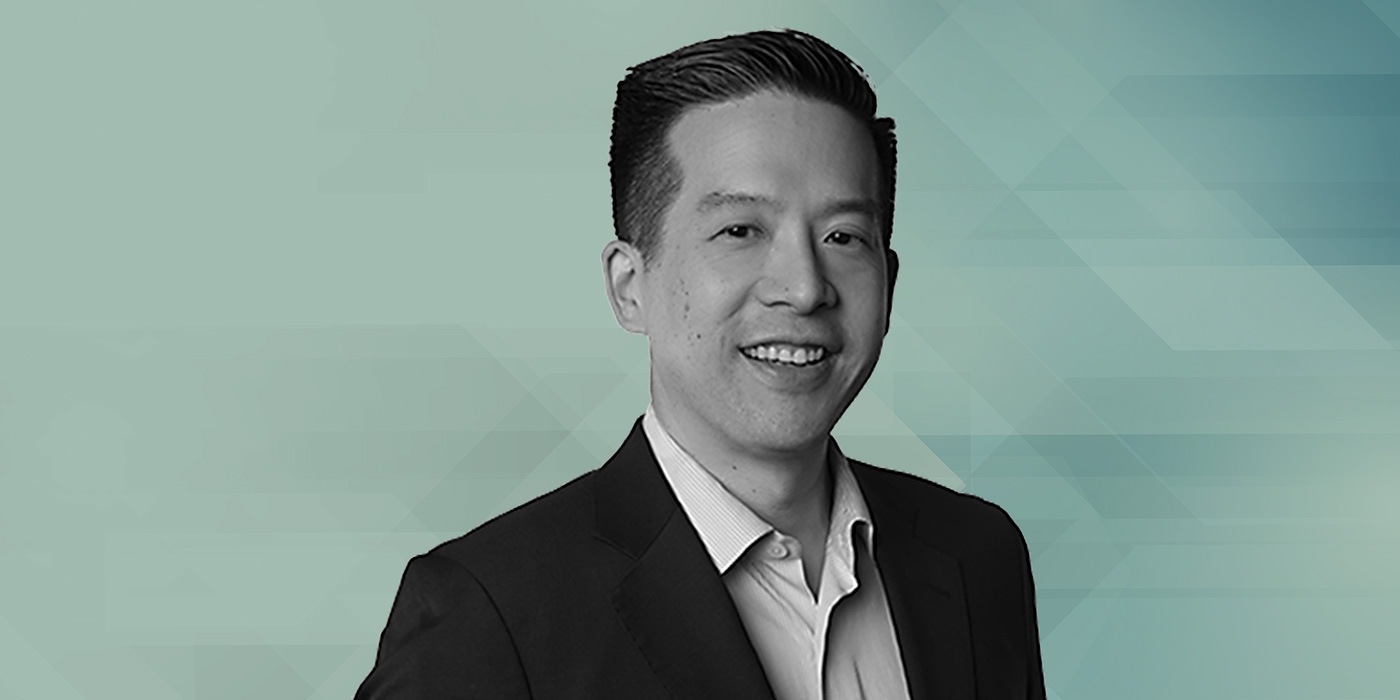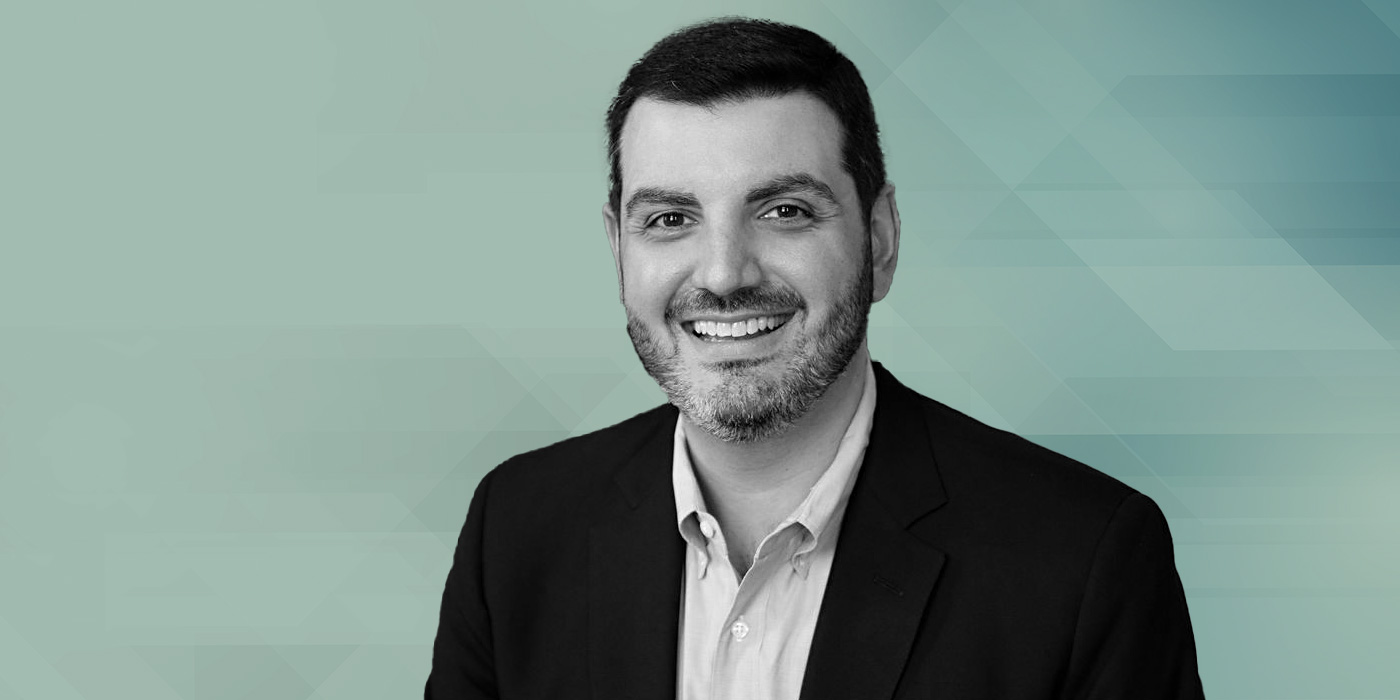Oura, headquartered in Oulu, Finland, is the creator of the Oura ring, a cutting-edge health biometric tracker renowned for its sleep applications.
Since CRG’s investment in February 2022 through Fund IV, Oura has seen remarkable growth, including the launch of its Gen 3 Horizon ring and several transformative partnerships. With a focus on empowering individuals to unlock their health potential, Oura continues to lead the way in wearable technology and personalized health insights.
Ben Wessner of CRG recently sat down with Tom Hale, CEO of Oura, to discuss the role of preventative care, the importance of sleep, and the rising trend of individuals using personal data to take control of their health and wellness. Learn more about Oura’s impact and Tom Hale’s vision for the future of wellness in our full interview.
DOWNLOAD THE FULL INTERVIEW >>>


